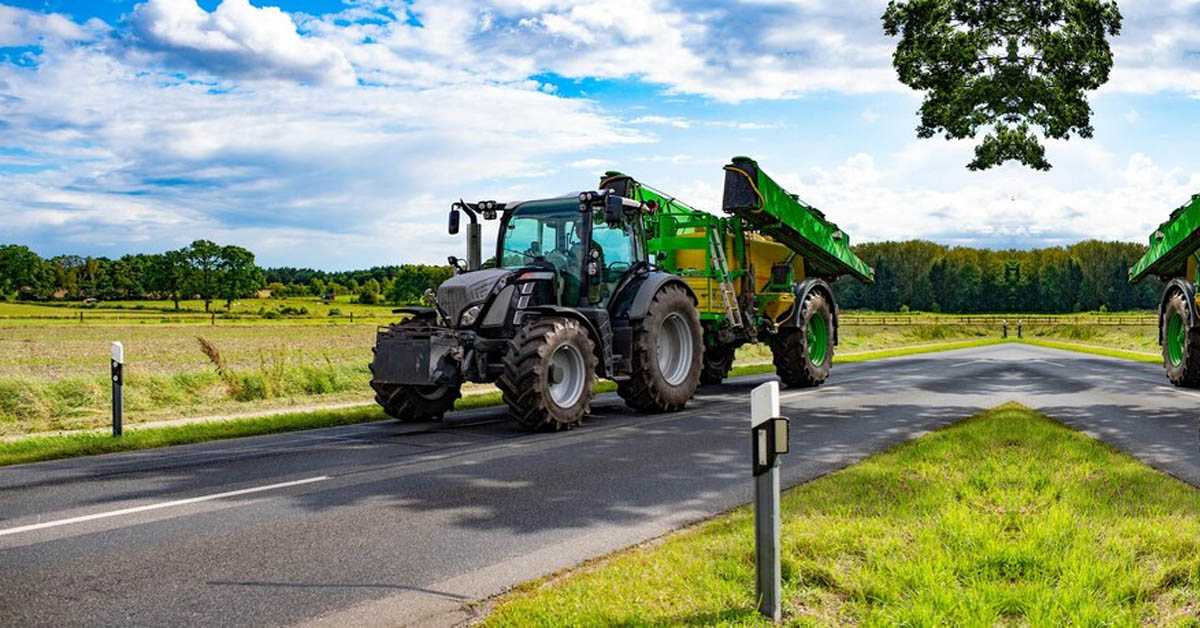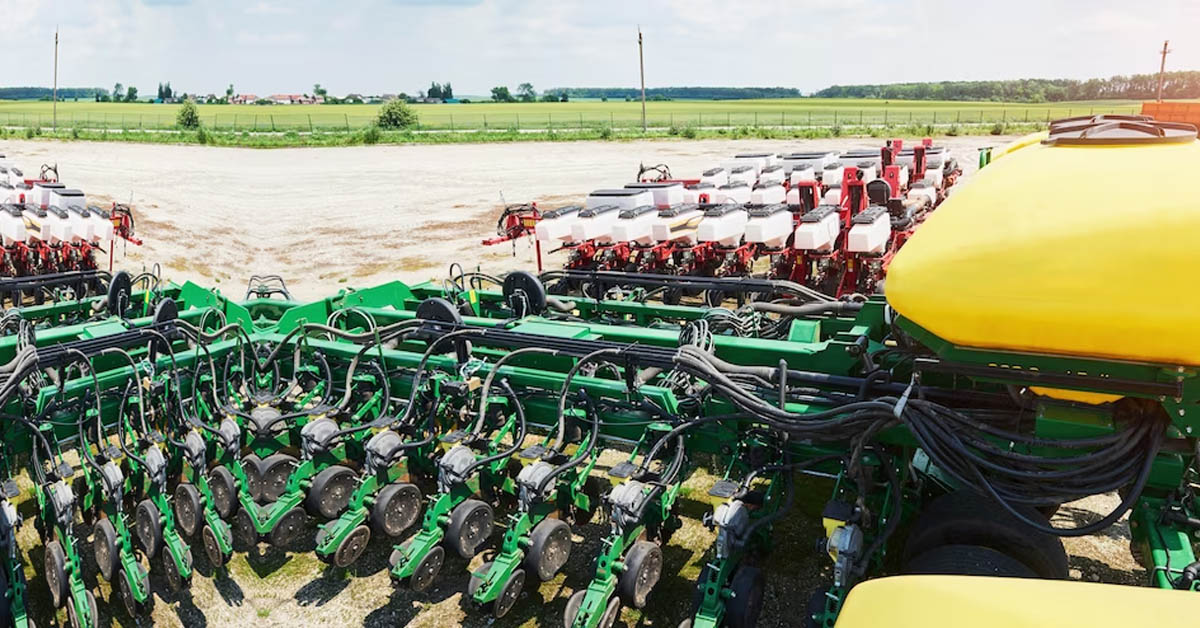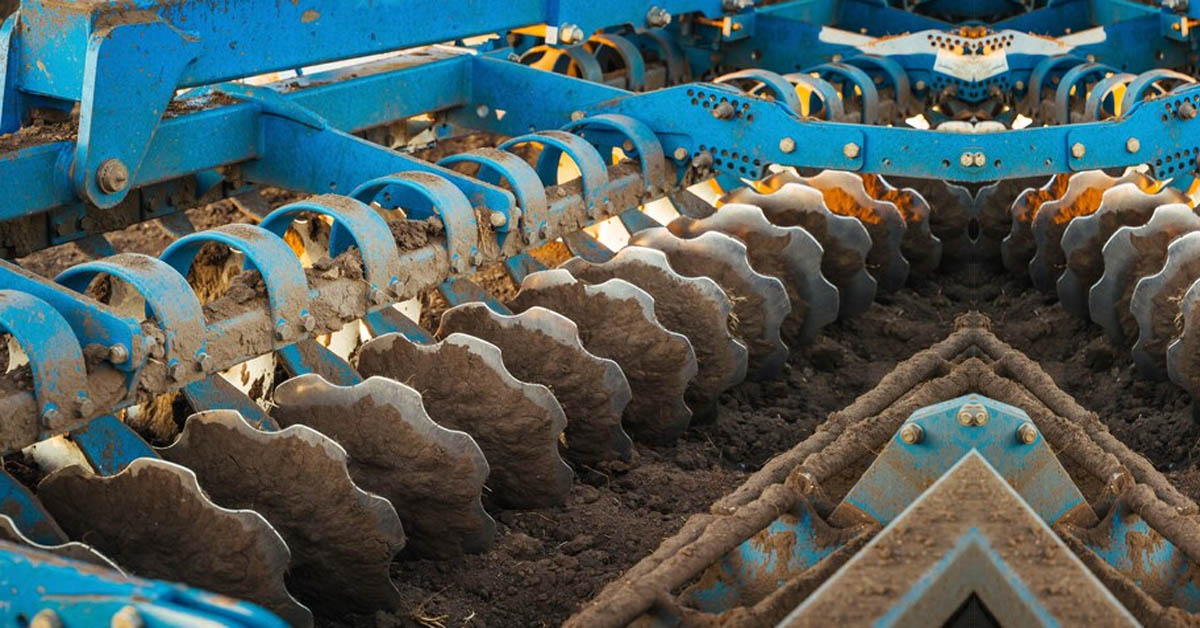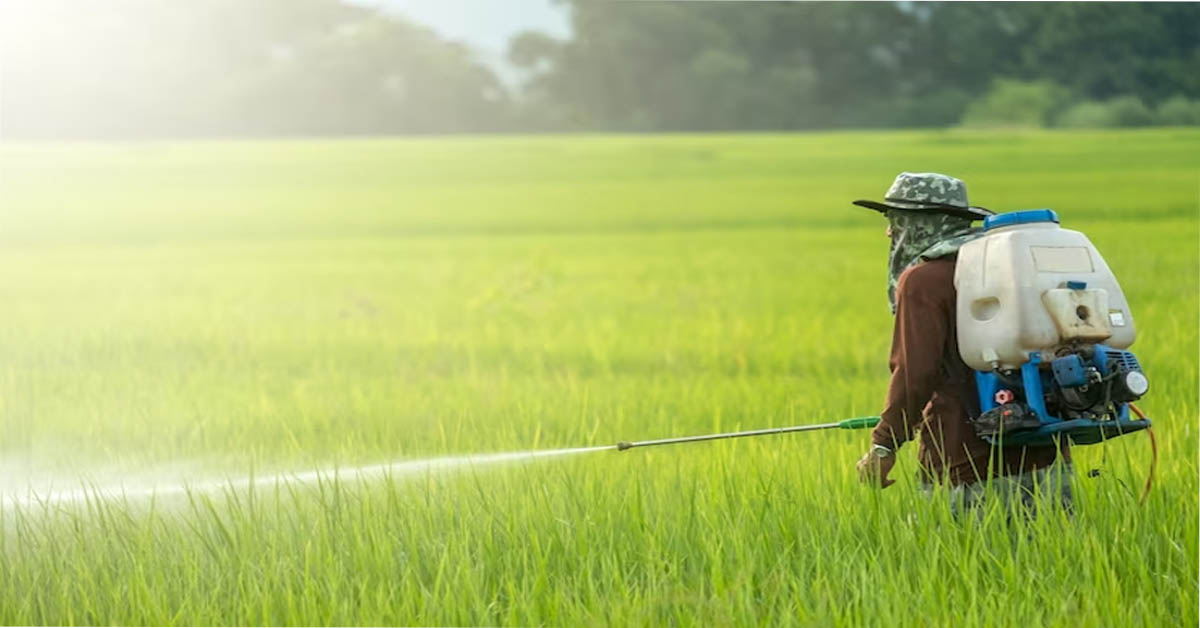Honda Sprayer Machine For Agriculture
Honda offers a range of sprayer machines for agriculture that are designed to make spraying crops and fields easier and more efficient. Here are...
John Deere Compact Tractor Implements
John Deere offers a variety of compact tractor implements that can help increase the versatility and productivity of your compact tractor. Here are some...
New Holland Agriculture Tractor Price
New Holland Agriculture offers a wide range of tractors with different features and specifications, so the price of a New Holland tractor will depend...
A Powered Tool Machine Used In Farming
There are many powered tool machines used in farming, depending on the type of farming operation and the specific task at hand. Here are...
Agricultural Equipment On Public Roads
Agricultural equipment on public roads is subject to specific laws and regulations. The rules vary depending on the jurisdiction, but generally, agricultural equipment must...
Agricultural Machinery Dealers Near Me
As an AI language model, I don't have access to your current location. However, you can easily find agricultural machinery dealers near you by...
Agriculture Spray Machine Shop Near Me
As an AI language model, I do not have access to real-time information or location-based services. However, you can search for agriculture spray machine...
Best John Deere Tractor For Small Farm
John Deere manufactures a variety of tractors that are suitable for small farms, each with different features and capabilities. Here are some of the...
Different Machines Used In Agriculture 10 Victory
There are many different machines and equipment used in agriculture, each designed to perform specific tasks that are essential to the farming process. Here...
Electric Spray Machine For Agriculture
Electric spray machines are becoming increasingly popular in agriculture due to their efficiency, ease of use, and environmental friendliness. These machines work by using...















